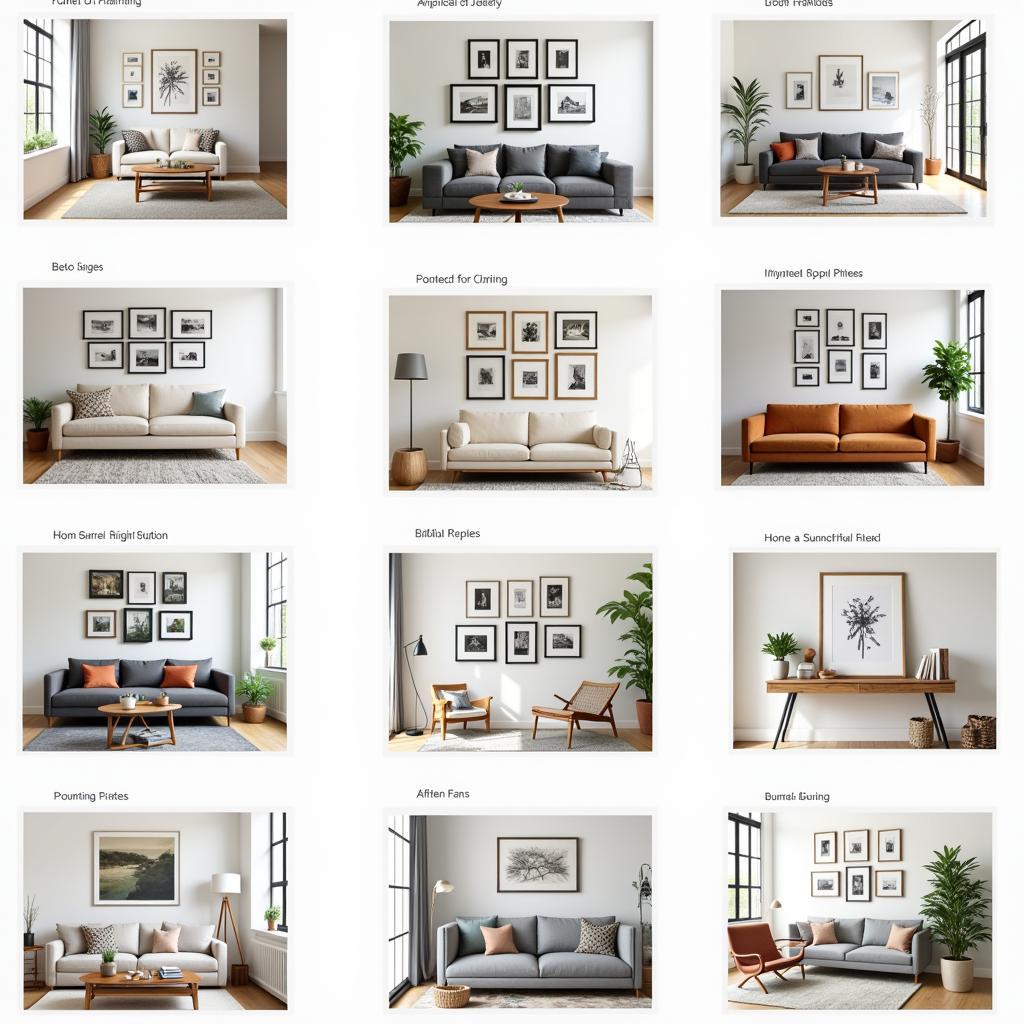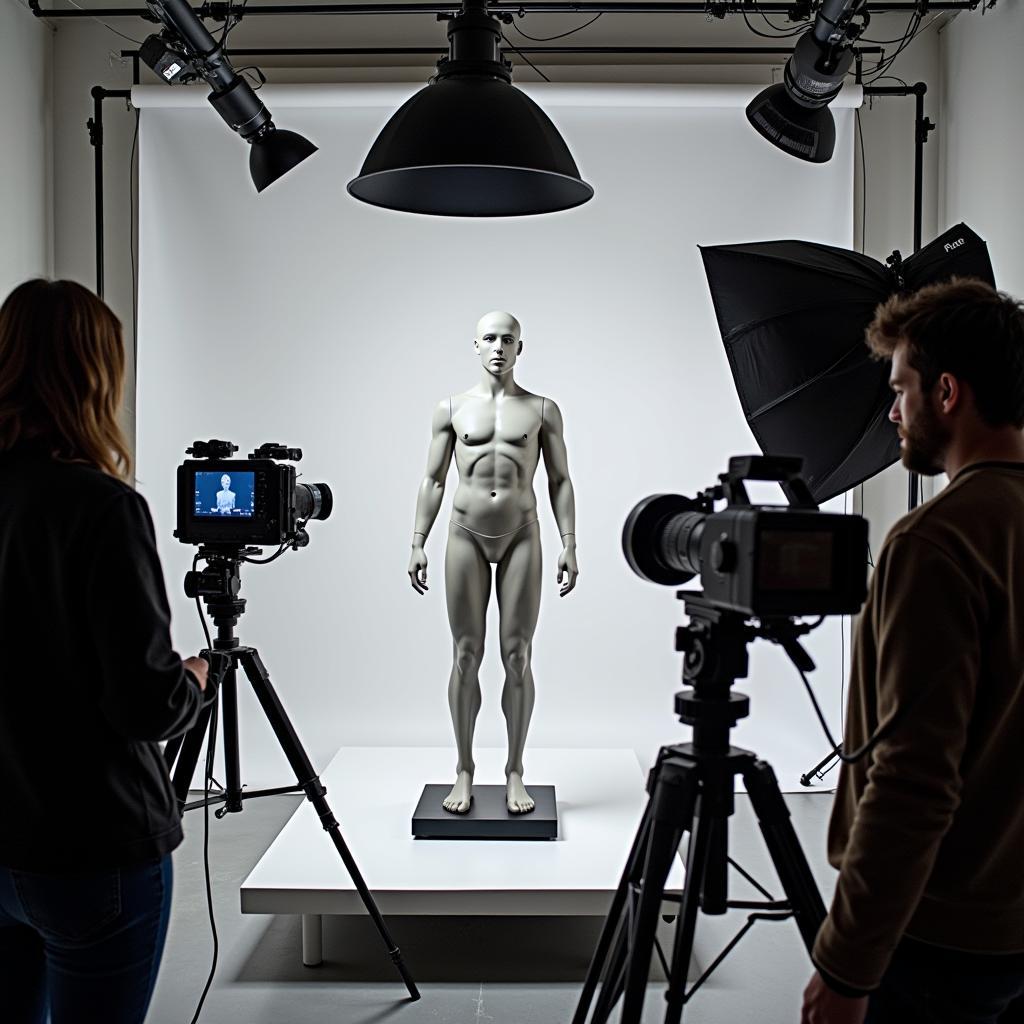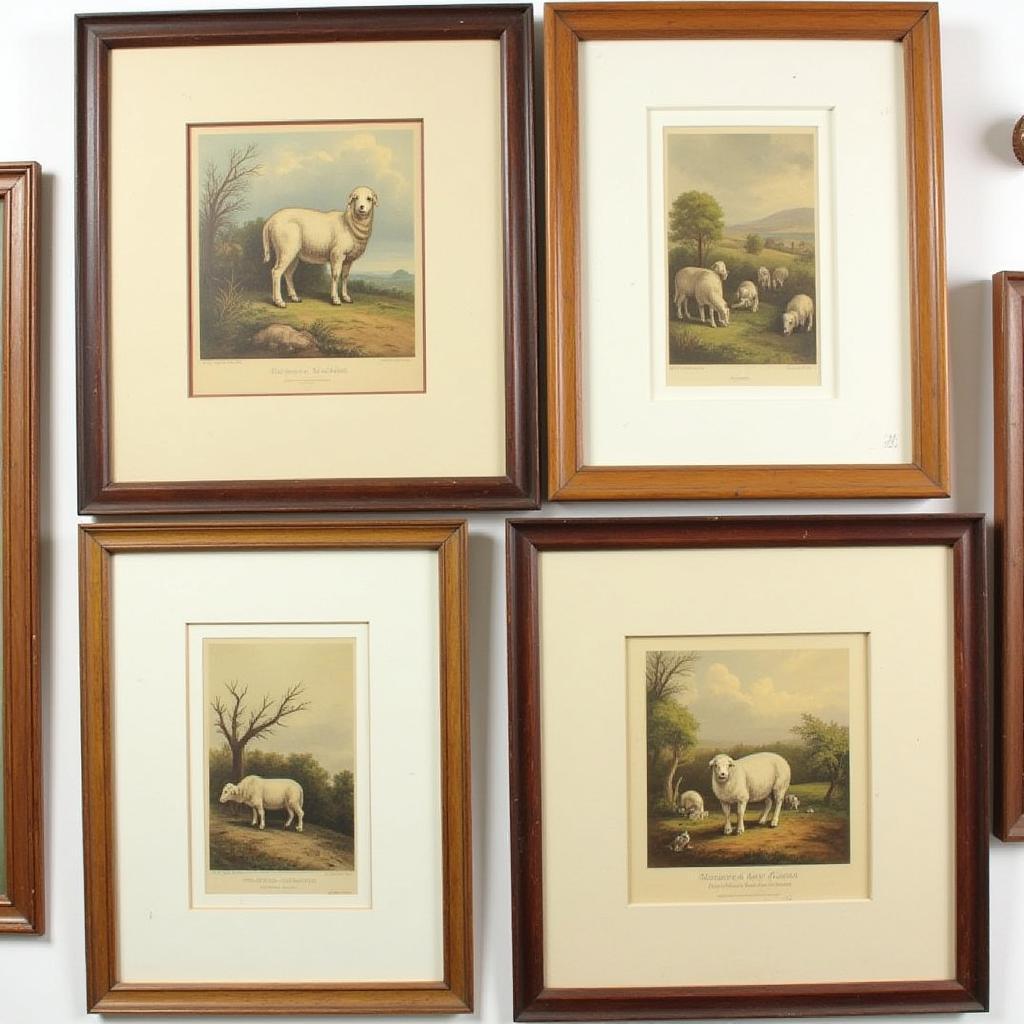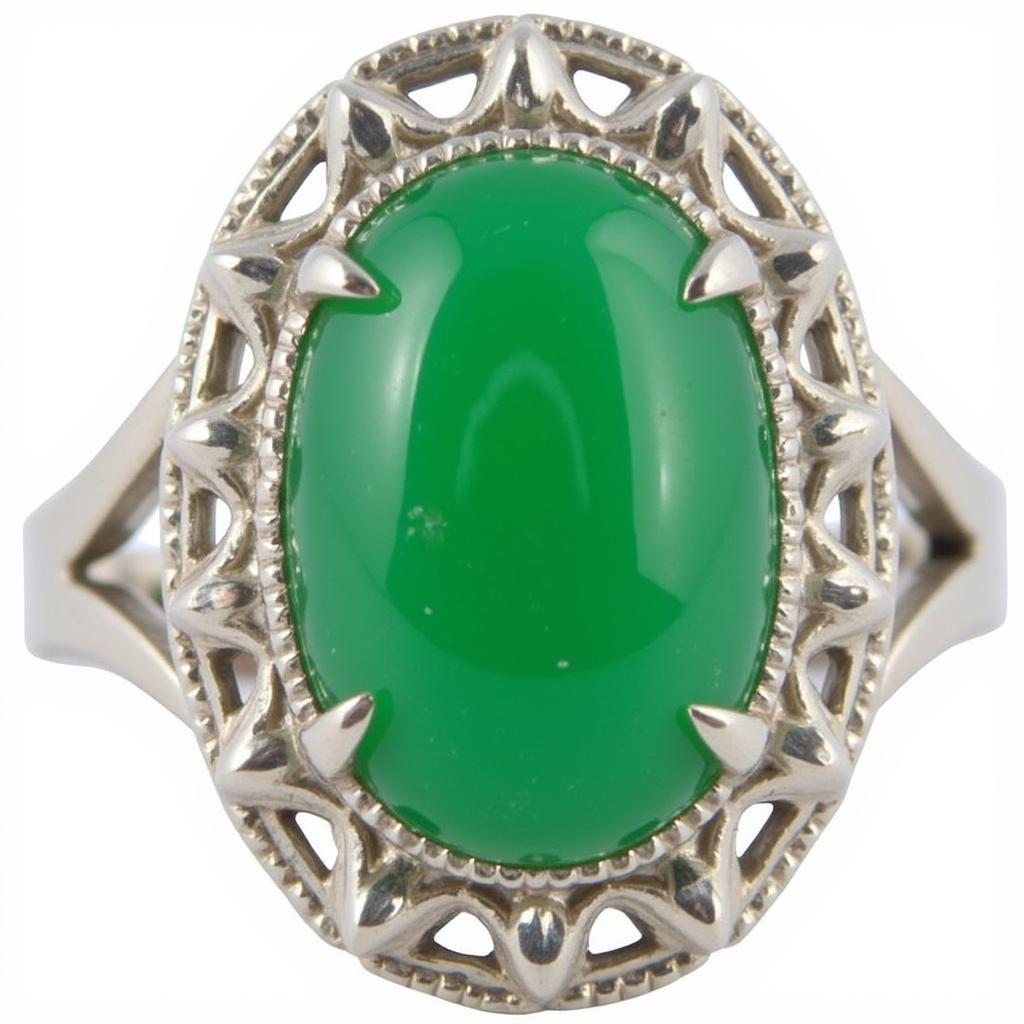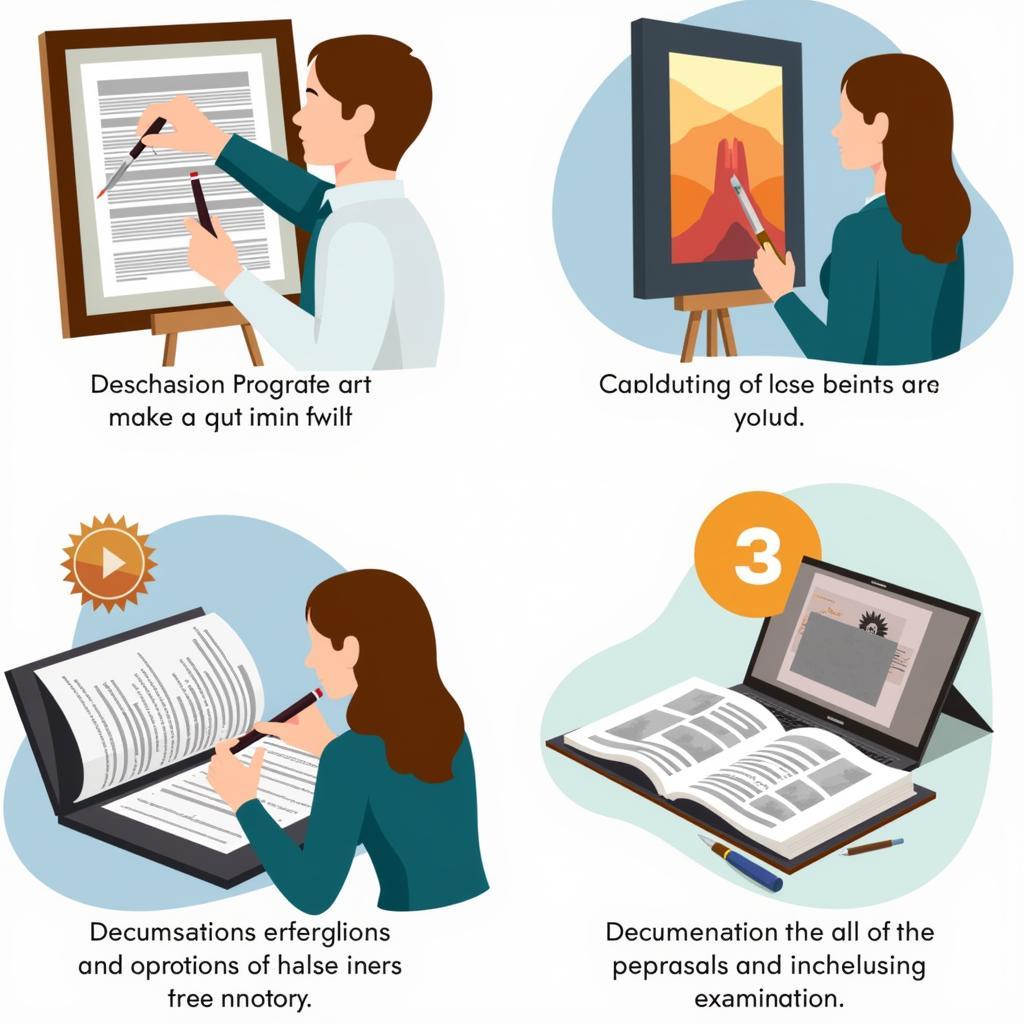Exploring the Vibrant World of RGB Art
RGB art is transforming the digital art landscape, offering artists an expansive palette of colors and a dynamic medium for expressing creativity. From mesmerizing gradients to intricate light displays, RGB art captivates viewers with its vibrant energy and boundless possibilities. This article delves into the fascinating realm of RGB art, exploring its origins, techniques, and impact on contemporary art.
Understanding the Fundamentals of RGB Art
RGB, which stands for Red, Green, and Blue, is an additive color model used in electronic displays. By combining these three primary colors at varying intensities, a vast spectrum of colors can be created. RGB art leverages this principle to produce stunning visual effects, often incorporating elements of light, motion, and interactivity. Think of it like mixing paints, but instead of physical pigments, you’re manipulating light itself. This digital approach opens up a whole new dimension for artistic expression.
Unlike traditional art forms, RGB art is inherently digital, existing primarily in the virtual realm. This allows for greater flexibility and experimentation, enabling artists to push the boundaries of traditional art forms. The dynamic nature of RGB also allows for interactive experiences, where viewers can influence the artwork in real-time, blurring the lines between creator and audience.
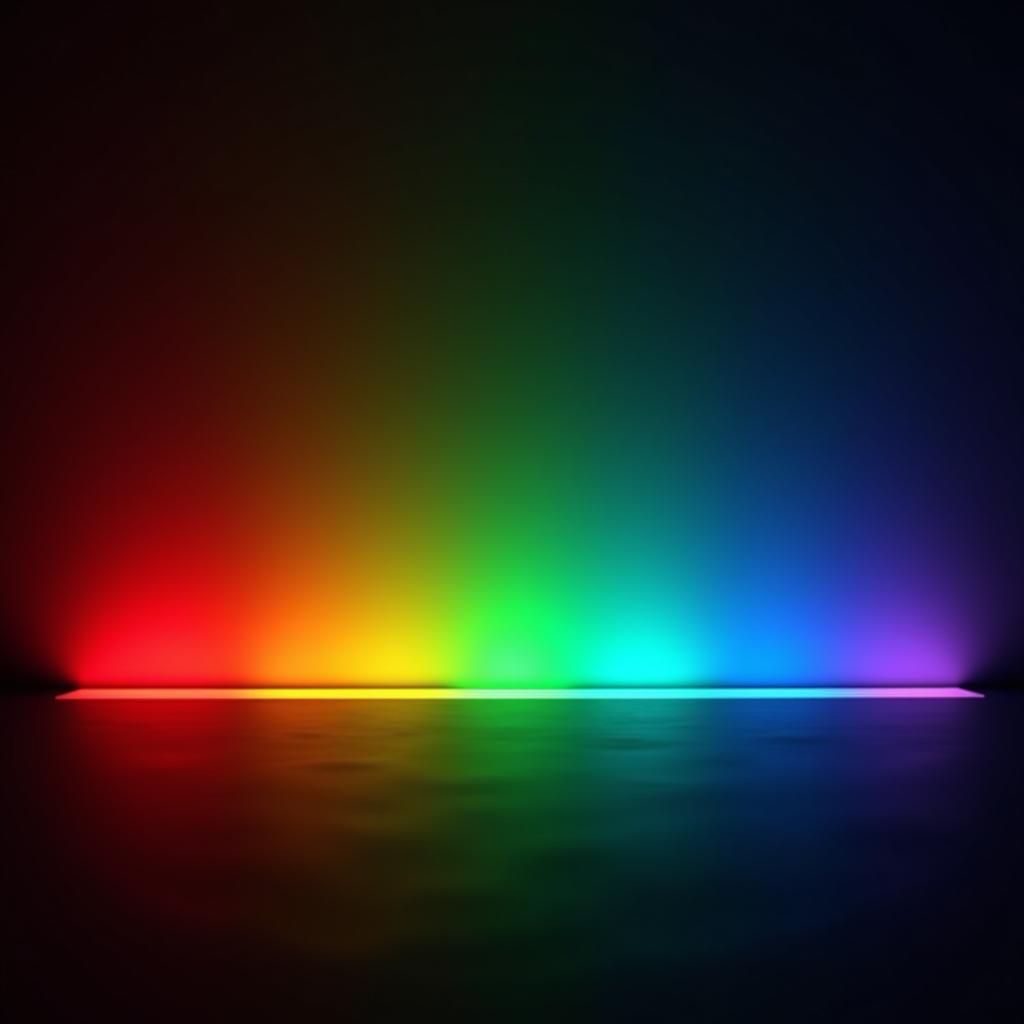 RGB Color Spectrum in Digital Art
RGB Color Spectrum in Digital Art
Techniques and Tools for Creating RGB Art
Creating RGB art involves a diverse range of techniques and software tools. Digital painting software, such as Photoshop and Procreate, offer powerful tools for manipulating color and light. Specialized software like Cinema 4D and Blender allows for the creation of complex 3D models and animations, which can be further enhanced with RGB lighting effects. Even coding languages like Processing and openFrameworks are used to generate generative art pieces, where algorithms create unique and unpredictable visual outputs.
From simple color gradients to complex light installations, the possibilities are endless. Artists can create abstract compositions, realistic portraits, or even immersive virtual environments. The versatility of RGB allows for a wide range of styles and applications, making it a popular choice for both established artists and emerging talents.
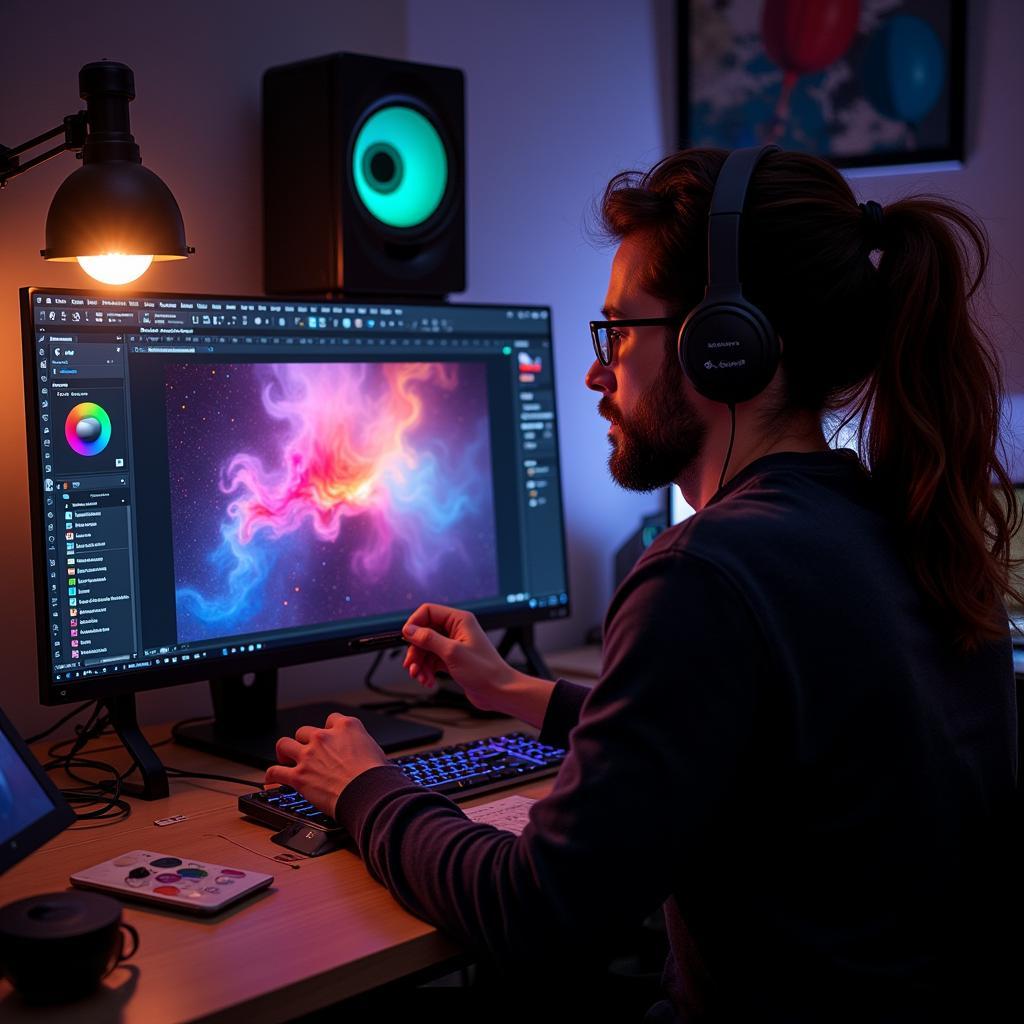 Digital Painting with RGB Art Software
Digital Painting with RGB Art Software
The Impact of RGB Art on Contemporary Art
RGB art is rapidly gaining recognition in the contemporary art world, challenging traditional notions of art and pushing the boundaries of creative expression. Museums and galleries are increasingly showcasing digital art installations, recognizing the unique aesthetic and interactive potential of RGB art. From large-scale projections to intimate screen-based works, RGB art is transforming how we experience and engage with art.
“RGB art isn’t just about pretty colors,” says renowned digital artist, Anya Petrova. “It’s about harnessing the power of light to evoke emotions and tell stories in a way that traditional mediums simply can’t achieve.” This sentiment is echoed by many artists working in the RGB space, who view it as a powerful tool for exploring new forms of visual storytelling.
The Future of RGB Art: What’s Next?
The future of RGB art is bright, with continued advancements in technology paving the way for even more immersive and interactive experiences. Virtual reality (VR) and augmented reality (AR) technologies are opening up new possibilities for creating and experiencing RGB art, allowing artists to transport viewers to entirely new worlds. As technology continues to evolve, the potential of RGB art is only limited by the imagination of the artists who wield it.
Conclusion
RGB art offers a vibrant and dynamic medium for artistic expression, pushing the boundaries of traditional art forms and captivating audiences with its unique visual language. From its technical foundations to its impact on contemporary art, RGB art represents a significant shift in the art world. So, dive into the world of RGB art and discover the endless possibilities of this exciting medium.
FAQs
- What is RGB art? (RGB art is a digital art form that uses the RGB color model to create vibrant and dynamic visuals.)
- What software is used for RGB art? (Software like Photoshop, Procreate, Cinema 4D, Blender, Processing, and openFrameworks are commonly used.)
- Where can I see RGB art? (RGB art can be seen in museums, galleries, online platforms, and even in public spaces through installations.)
- How is RGB art different from traditional art? (RGB art is inherently digital and offers greater flexibility, interactivity, and manipulation of light.)
- What is the future of RGB art? (VR and AR technologies are poised to revolutionize the creation and experience of RGB art.)
- How can I learn more about RGB art? (Online tutorials, workshops, and courses offer excellent resources for learning RGB art techniques.)
- What are some examples of RGB art? (Light installations, digital paintings, generative art, and interactive projections are some examples.)
Need support? Contact us at Phone: 02462573573, Email: danteum@gmail.com Or visit us at: Savico Megamall, 7-9 Đ. Nguyễn Văn Linh, Gia Thụy, Long Biên, Hà Nội 10000, Việt Nam. We have a 24/7 customer service team.
